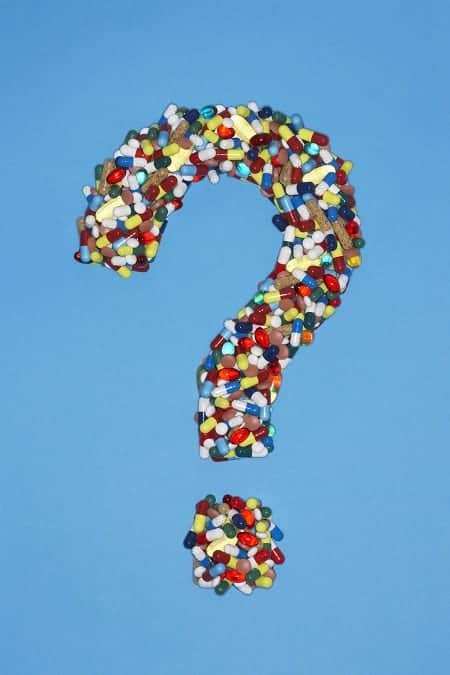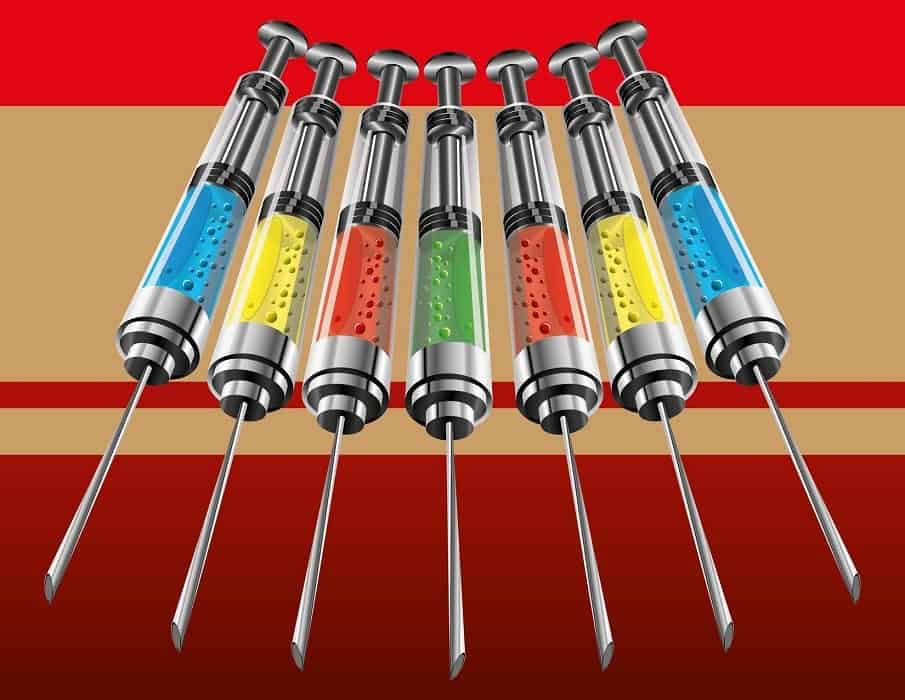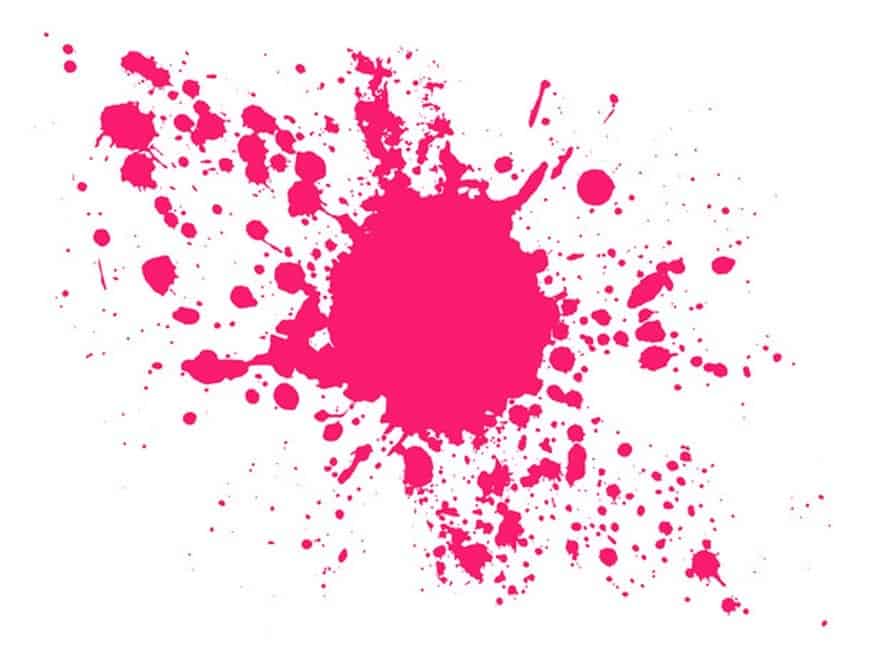Synthetic opioids aren’t anything particularly new. Methadone and fentanyl are completely synthetic opioids, which means they’re lab-created substances that are chemically similar to natural opiates, and produce similar effects on the human body. Oxycodone and heroin are semi-synthetic opioids, as well as a range of others. They were all manufactured for a good reason, and many of them are simply mixes of other drugs, thrown together in a cocktail, like Percocet (which is comprised of oxycodone and acetaminophen). But recently there has been a rise in something known as “designer drugs.” These are unusual blends of drugs with other substances that result in some unusual and often dangerous effects. One of the most recent and dangerous drugs is a synthetic opioid known on the streets as “Pink,” and by officials as U-47700, or simply U4. Until very recently, Pink was available for legal purchase online. But recent incidents related to the improper consumption of the substance have been linked to at least 46 fatalities. As a result, the DEA has taken emergency action to temporarily list Pink as a Schedule I drug. The reason for the “temporary” moniker, which will last at least 24 months, is that Pink is a relatively new substance, and little concrete research exists on it. A Schedule I drug or substance, according to the DEA, is one that has:
- High potential for abuse
- No currently accepted medical treatment use in the United States
- A lack of accepted safety for use under medical supervision
Pink would certainly seem to check all those boxes, but further research will be required to really break down the substance and find out for sure. In the meantime, legally importing the substance is no longer possible, but it will surely make it in through illegitimate channels. Here’s what you should know about this new deadly substance. 
What Exactly is Pink, and What Effects Does it Have?
Pink is a derivative of fentanyl, which was created in the 1970s by pharmaceutical giant Upjohn. The original purpose of the substance was to provide an alternative to morphine, but it was never properly tested on humans. True to form, like most opioids, it causes a euphoric feeling which dramatically slows breathing and brings total relaxation. This is a similar reaction to what people get from morphine, but Pink has a key difference: It’s said to be nearly eight times as potent as morphine. It isn’t as potent as fentanyl, which is roughly 50 times more potent than morphine, but it has caused serious problems simply by how easy it has been to obtain. If U-47700 seems familiar to you, it might be because it was part of a particularly high-profile overdose in 2016. Musical legend Prince had U-47700 in his toxicology report after his 2016 overdose death, though his death is attributed to fentanyl. Fentanyl and U4 are known to be taken together, and either can be toxic even in small doses, due to their potency. At the time of Prince’s death, U4 was still widely available online, often for less than $40. Most known suppliers of Pink are in Eastern Europe and Asia (mostly China), which you would think would create problems with importing. But U4 was long classified as a “research chemical” to make it easier to import, even long after it was known to be abused. Research chemicals tend to fly under the DEA’s radar simply because there are so many of them, and they can be difficult to identify properly. It wasn’t until U4 was definitively linked to fatalities that the substance’s harmful effects were recognized. Pink was (and most likely still is) sold as a pill, powder or nasal spray. The nickname “Pink” comes from the color of the substance in its powder form, but in pill form, it can look extremely similar to immediate-release oxycodone tablets. In fact, most discoveries of Pink have found it masquerading as heroin or prescription opioids, with similar labeling and handling. But while the effects of Pink are similar to that of morphine or fentanyl, it is an illicit drug produced in illicit facilities with no oversight. Buyers of the drug have no idea what they’re getting, if the dosage is correct, or if it’s being mixed with other substances. As with any illicit drug, taking it requires blind trust in the dealer in a situation where even a minuscule error might be fatal. 
Is Pink Addictive? Why is it Causing Fatalities?
Pink may have a cute, catchy name than elicits more images of a pop star than a drug overdose. But at the end of the day, Pink is an opioid, and opioids are both extremely addictive and frequently fatal. That’s not just true of heroin and synthetics like Pink. Even FDA-approved, DEA-regulated prescription medications like OxyContin and Suboxone can be highly addictive and create major problems for those taking them. They’re subject to misuse and abuse, and many can even cause fatal overdoses if used improperly. Opioids are depressants that are used effectively as painkillers and relaxation agents. Drugs like methadone and suboxone are frequently used as detox drugs for opioid addicts, as they have less drastic health effects than frequently abused opioids. But they are just as addictive, and can not only become addictive themselves, they may even require detox treatments of their own. Pink falls under this umbrella of highly addictive substances, and it falls in closer in potency to the heavy-duty opioids like fentanyl. So, of course, it’s going to be just as addictive as any other opioid, if not more so. To understand why these opioids kill, you have to understand how they work. Opioid-related fatalities are almost always related to overdoses. A proper dose of an opioid will serve as a pain reliever and relaxant. A large dose will make breathing turn slow and shallow. So it stands to reason than that an overdose would relax the body so much that breathing stops entirely. That’s what happens with an opioid overdose, and it’s the same for every opioid and opiate. The larger the dose, the more the user relaxes and the more shallow their breathing becomes. The effect increases as the dose grow, and eventually, the dose simply gets too big. Now, a medication called naloxone (also known as Narcan) exists to stop opioid overdoses in their tracks. It is carried by paramedics and first responders and is proven to have a miraculous effect on opioid overdoses, bringing them back from the brink of death in mere seconds. Pink, however, is resistant to naloxone, and its life-saving effects often need a larger dose or simply don’t take effect at all. Needless to say, an opioid that is resistant to the best known opioid overdose cure is especially dangerous. Besides its potentially fatal effects, some of the other side effects of Pink are rectal bleeding and severe nerve damage. 
Now That Pink is Illegal, What Happens Next?
If the past is any indication, the decision to schedule Pink as an illegal substance will have only a superficial effect on the ability to import it from the Chinese labs it originates in. It won’t be as easy or as cheap to simply order it online and have it legally delivered to your doorstep, but drug traffickers know what they’re doing. We haven’t heard the last of Pink. For starters, there’s no telling how much of the substance has been imported already. There is also the possibility that illicit facilities in the U.S. could begin production if the substance catches on. It is only recently that Chinese labs have started producing and distributing the drug, so if the usage becomes more popularized, supply will find a way to meet that demand. After all, the U.S. ban on Pink doesn’t affect the overseas facilities where it’s being produced. They can simply find a different way to get it here. The best way to fight Pink and other designer drugs is simply to stay vigilant. From what we already know, the warning signs and effects of Pink addiction are mostly the same as those of prescription drug addiction and heroin addiction. That said, there is very little information available about Pink, and this is the main danger of these “designer” drugs. They skirt the law by distributing synthetic, unregulated substances, which are largely untested and researched sparingly if all. Eventually, regulatory bodies like the DEA catch up with them, but not before they’ve done their damage. It is very likely that Pink, being similar in composition to existing opioids, only started catching on because it was cheap and legally obtainable. A prescription painkiller addict may move to heroin because it’s a similar opioid with similar effects, but is cheaper and much more easily attainable. Pink was, until November 2016, even easier to obtain, as you could just order it online and have it shipped to your door legally. With the DEA removing that novelty, perhaps it will lose its appeal over other opioids, but it won’t make a dent in the opioid crisis in general. If Pink fades into obscurity, two more “designer” drugs with clever names will pop up in its place. Stopping each of these drugs individually is like playing an endless game of Whack-a-Mole. You can knock down as many as you like, but it won’t stop them from popping back up in different places. It also pokes holes in the argument that criminalizing drugs helps stop drug abuse. Pink and designer drugs like it are finding ways to beat that system as well. So what’s the best way to address this problem in the long run? We address the core of the problem: addiction and the core reasons for drug abuse in the first place. That’s how modern, evidence-based opioid drug rehab works because chasing and enforcing each individual drug is a fool’s errand. Many addictions are tied to multiple substances at once, and simply removing an addictive substance from an addict’s reach won’t fix their compulsive behavior. Have you had any run-ins with “synthetic” or “designer” drugs? Tell us your story, or leave any other questions or remarks in the comments below. We’d love to hear from you.

